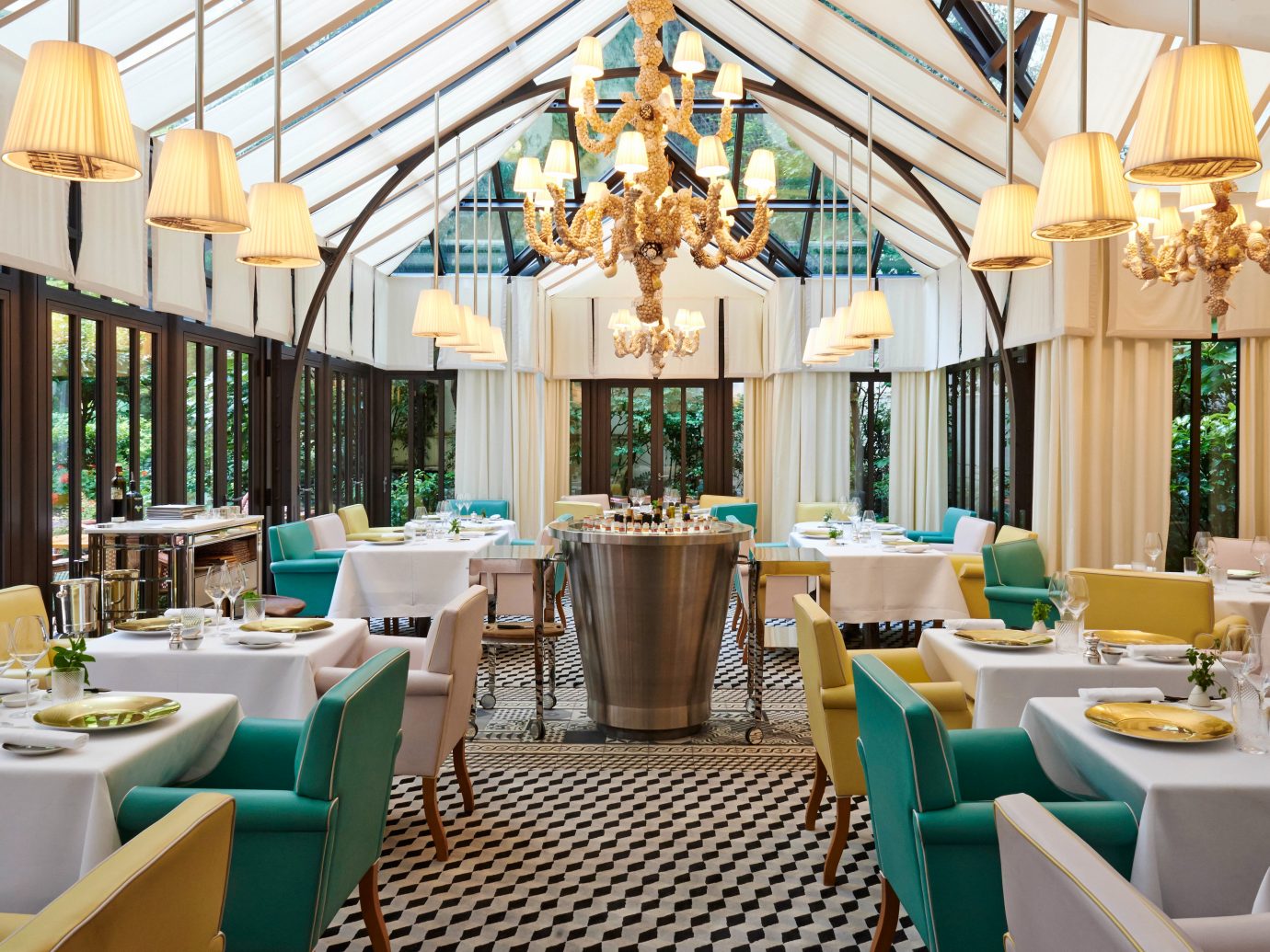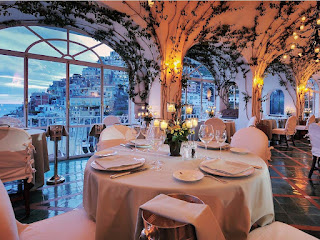How Restaurants Strategically Design Their Menu?
When you step into a restaurant, what's the first thing that captures your attention (aside from the tantalising aroma wafting from the kitchen)? It's most likely the menu! The menu isn't just a list of dishes; it's a strategically designed masterpiece that influences your dining experience.
In this blog post, we'll delve into the intriguing world of how best restaurants in Queen Street Auckland craft their menus to entice and satisfy their customers.
The Psychology Behind Restaurant Menus
- Menu Layout and Design
Restaurants invest a lot of thought into the physical appearance of their menus. Here's why:
- Colour Psychology: Ever wondered why many menus use warm colours like red and yellow? It's because these colours are associated with hunger and excitement, subtly encouraging you to order more.
- Font Styles: The choice of fonts matters. Casual, handwritten fonts might make you feel more relaxed, while elegant, scripted fonts can make you think you're in for a fine dining experience.
- Layout Flow: Clever restaurant designers lead your eyes through the menu. They often place high-profit items where your gaze naturally falls – either at the top or in the centre.
- Menu Length
Ever been to a restaurant with an extensive menu? While variety is great, a lengthy menu can be overwhelming. To counter this, many restaurants opt for a balanced approach:
- Limited Selection: Some best Nelson restaurants NZ offer a small, curated menu to ensure each dish is top-notch.
- Thematic Menus: Others may create themed menus, which can make choosing easier, especially if you have a specific craving.
- Specials: Specials and seasonal dishes add an element of excitement and encourage repeat visits.
Pricing Strategies
- The Magic of Menu Pricing
Pricing isn't arbitrary; it's a strategic decision influenced by various factors:
- Decoy Pricing: Have you ever noticed a high-priced dish on the menu that makes everything else seem like a steal? That's decoy pricing at work.
- The Charm of Round Numbers: Prices ending in .99 or .95 seem friendlier to our wallets, even if the actual difference is minimal.
- Bundling: Combining items into a prix fixe menu or offering combos can encourage upselling.
Food Descriptions Matter
- The Language of Food
Restaurants use descriptive language to make dishes sound irresistible:
- Adjectives: Placing mouthwatering adjectives like "succulent," "crispy," or "velvety" before a dish's name enhances its appeal.
- Storytelling: Sharing a brief story about the dish's origin or ingredients can create a connection between you and the food.

Strategic Placement
- Eye-Catching Highlights
Ever wondered why some dishes have boxes, bold fonts, or even photos? These are strategic design elements:
- Visual Cues: Highlighted items draw your attention first, making them more likely to be ordered.
- Strategic Grouping: Restaurants often group items with higher profit margins or customer favourites in a prominent section.
The Menu Engineering Matrix
- Profit and Popularity
There's a scientific method called the menu engineering matrix that restaurants Queen Street Auckland use to categorise their dishes:
- Stars: High-profit, high-popularity dishes.
- Plowhorses: High-popularity, low-profit dishes (usually crowd-pleasers).
- Puzzles: Low-profit, low-popularity items.
- Dogs: Low-popularity, high-profit items (often, experiments).
Restaurants use this matrix to decide which dishes to promote, tweak, or remove from the menu.
Adaptation to Dietary Trends
- Meeting Diverse Needs
As dietary preferences evolve, so do restaurant menus:
- Vegetarian and Vegan Options: Many restaurants now offer extensive plant-based selections.
- Gluten-Free and Allergen-Free: Catering to dietary restrictions is a priority for modern restaurants.
The Future of Menu Design
- Technology Integration
In today's digital age, Nelson restaurants NZ are leveraging technology to enhance menu design:
- Digital Menus: Many restaurants now offer QR code menus, allowing customers to view the menu on their smartphones.
- Personalization: Some restaurants use data to tailor menus to individual preferences.
Conclusion
Next time you sit down at a restaurant, take a moment to appreciate the thought and strategy that goes into their menu design. From colours and fonts to pricing strategies and descriptions, every element is carefully chosen to create an unforgettable dining experience.
Understanding these nuances can make your dining adventures even more enjoyable, whether you're a foodie or just looking for a great meal. So, bon appétit, and may your next restaurant visit be filled with culinary delights!

Comments
Post a Comment